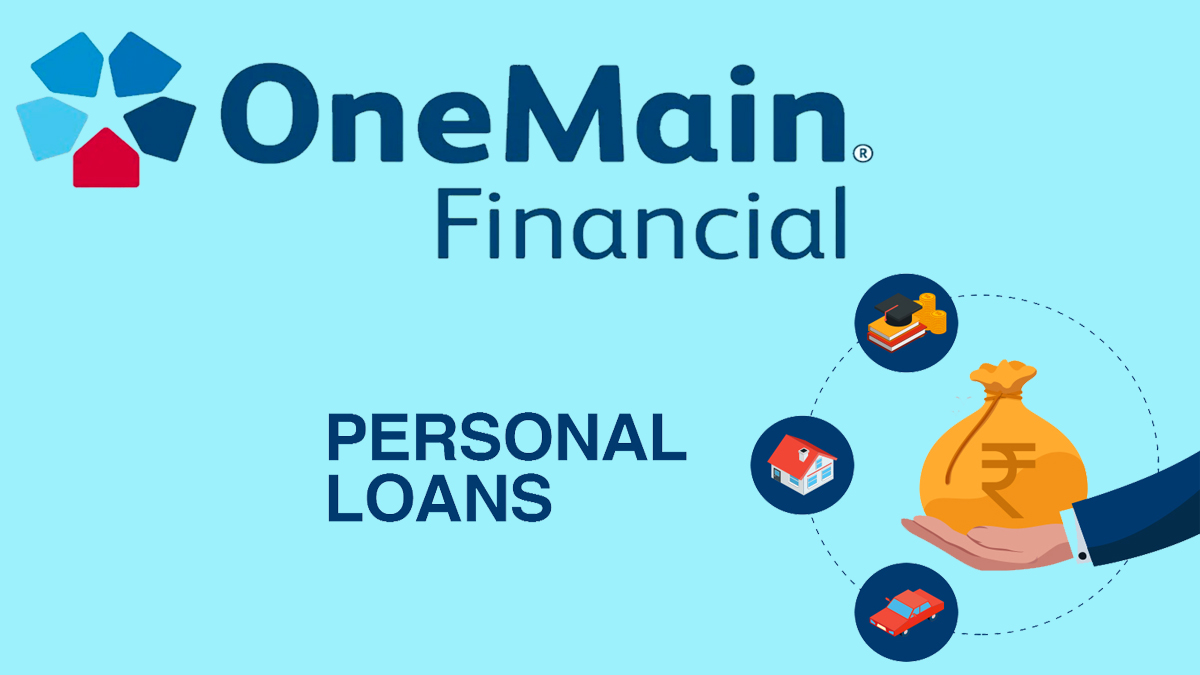When it comes to mortgage financing, a portfolio loan is considered a flexible and distinctive option for borrowers who are unable to meet the requirements of the traditional lending system.

Unlike conventional mortgages, which are usually sold on the secondary market and kept in the lender’s books, this allows for more customized lending criteria and terms.
This distinguishing approach not only allows lenders to personalize loans to a unique borrower’s needs but also offers aid to those who are unable to secure financing.
Whether you are an investor who has eyes on an unconventional property, a self-employed individual with a non-traditional income, or an individual with a specific financial situation, understanding the features of portfolio loans could help you achieve your real estate aspirations.
What is a Portfolio Loan?
A portfolio loan is a non-conventional form of financing where the lender retains the loan within their portfolio instead of selling it on the secondary mortgage market. This unique characteristic gives lenders the freedom to set their own lending criteria, making these loans more flexible and customizable compared to traditional mortgages.
They are also bound by the stringent guidelines of government-sponsored entities like Fannie Mae and Freddie Mac.
How Does It Work?
When a lender issues a portfolio loan, they do so to keep the loan on their books rather than sell it to investors. This approach allows the lender to set their own terms for the loan, including interest rates, repayment schedules, and eligibility requirements.
As a result, portfolio loans can often be tailored to meet the specific needs of borrowers who might not qualify for conventional loans due to various reasons, such as unconventional income sources or the desire to purchase unique properties.
Pros and Cons
Here are the pros and cons of a portfolio loan:
Pros
- Accessibility
- Flexibility
- Larger loan amounts
- Loan terms can be personalized.
- Properties in need of repairs are qualified.
Cons
- Possibility of loan terms changing.
- Higher costs.
- Low customer protections.
- Availability is limited.
- It can be difficult to find.
- Interest rates and high closing costs.
Who Is It Best For?
This is one of the questions that everyone considering this loan type asks. Firstly, you can consider a portfolio loan if you are unable to get approved for a traditional mortgage. Here are other scenarios where portfolio loans are a good option:
- You have a low credit score.
- Borrowers with unique needs.
- If you need a large loan amount.
- Real estate investors.
- You do not have enough money for a down payment.
- The property needs repairs.
- Self-employed borrowers.
If you are ever in any of these situations and you feel like there is no alternative, you can consider a portfolio loan.
How to Qualify for a Portfolio Loan
Qualifying for a portfolio loan involves demonstrating to the lender that you are a good credit risk, despite not meeting traditional lending criteria. This might include:
- Strong financial portfolio
- Good credit history
- Substantial down payment
- Income verification
However, the requirements to qualify for a portfolio loan depend on the lender. Hence, when you are applying, you should expect to see different requirements and qualification criteria.
How to Get a Portfolio Loan
Securing a portfolio loan can be a strategic move for borrowers whose financial situations or property interests don’t align with the strict criteria of conventional loans. Nevertheless, if you need a guide on how to apply for a portfolio loan that meets your needs, here are the steps you need to follow to proceed:
• Research and select lenders
Begin by identifying banks, credit unions, and private lenders that offer portfolio loans. Since these loans are kept in-house, terms and availability will vary significantly from one lender to another.
• Assess your financial health
Before applying, take a thorough look at your financial situation. Portfolio loans may have more flexible criteria, but a strong financial standing can improve your chances of approval and possibly secure better terms.
• Understand your needs
Clearly outline what you need from a loan. Whether it’s flexibility due to irregular income or financing for a unique property, knowing your requirements will help you find the best fit.
• Gather the necessary documentation
Although requirements may vary, you’ll likely need to provide detailed financial information, including tax returns, proof of income, bank statements, and possibly a portfolio of assets.
• Prepare for a down payment
Be ready to make a significant down payment. Higher down payments can sometimes offset the lender’s risk and work in your favor for approval and terms.
• Apply and negotiate
Once you have chosen a lender and prepared your documentation, apply for the loan. If approved, don’t hesitate to negotiate terms. As these loans are not sold on the secondary market, lenders may have more room to maneuver on rates and terms.
FAQs
Is it hard to get a portfolio loan?
Unlike traditional mortgage loans, portfolio loans are easier to obtain. What’s more, when it comes to qualification requirements, they are more flexible, for instance, in terms of income, credit score, and down payment. Extra flexibility can be included in the property as well.
How long does it take to get a portfolio loan?
It typically takes a portfolio loan between 10 to 45 days to close. Thus, the timeline of the approval depends on the lender you use, how you want to use the loan, and your qualifications.
Are portfolio loans expensive?
Compared to traditional mortgages, the rates of portfolio loans are usually higher. The reason behind this is that this loan type poses a risk to lenders as it allows you to qualify with low credit scores, properties undergoing repairs, and down payment amounts.
Can I get a portfolio loan with bad credit?
While portfolio loans offer more flexibility, approval still depends on the lender’s assessment of your risk. A lower credit score might be acceptable, but it could affect your interest rate and terms.
Can I refinance a portfolio loan?
Yes, it is possible to refinance a portfolio loan, either through the original lender or by qualifying for a conventional loan with another lender.



